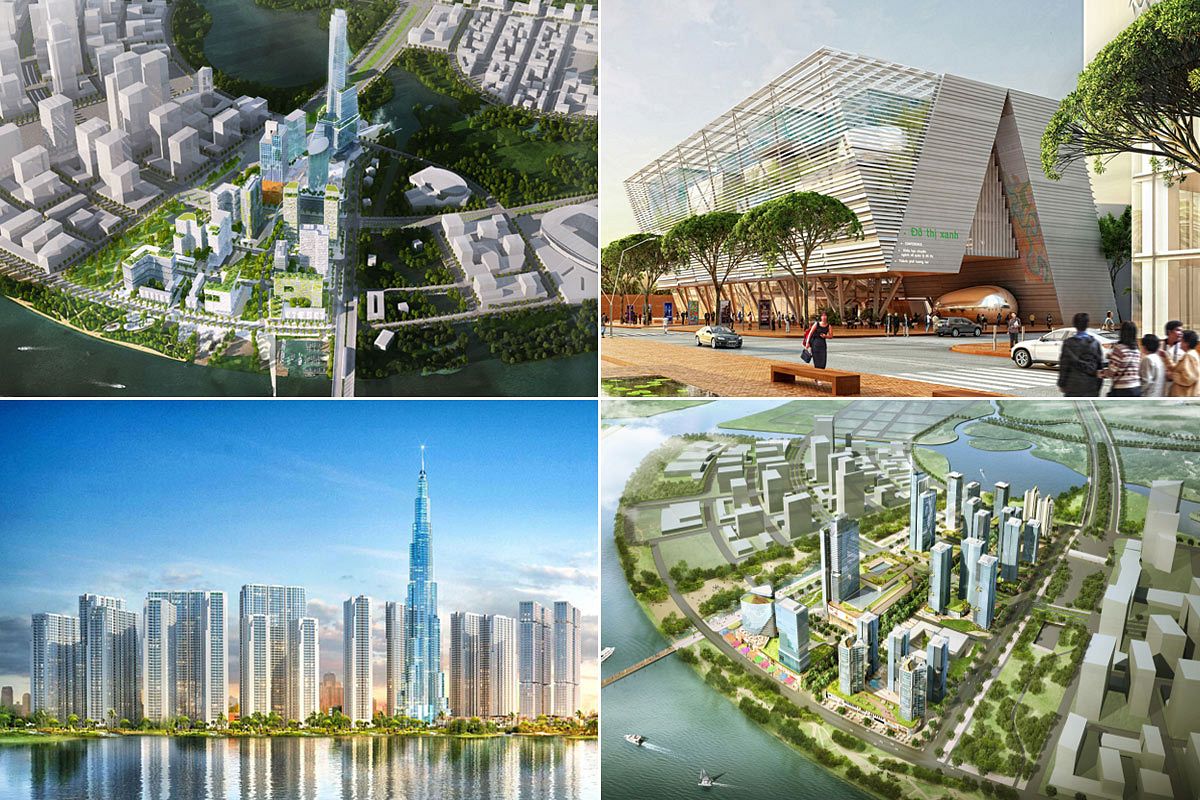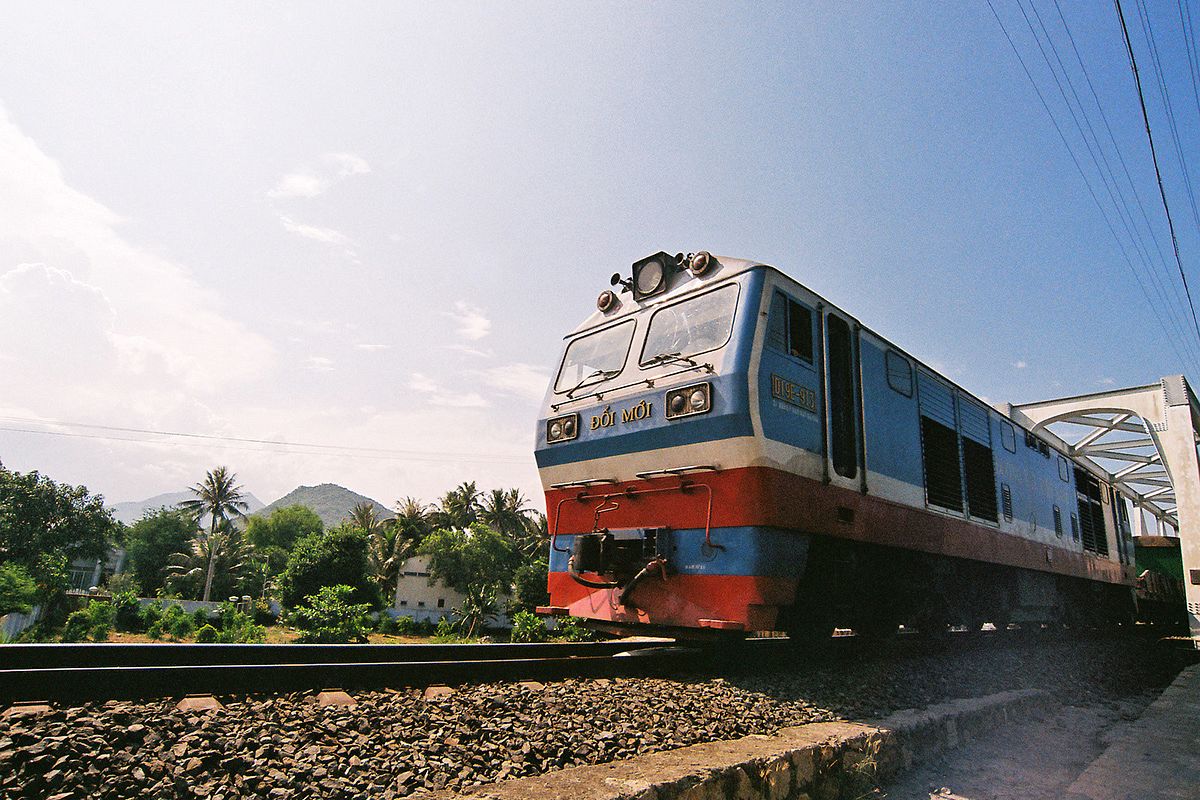Saigoneer is a proud media sponsor of the third edition of TP. Ho Chi Minh: MEGA City, released earlier this month. The compact and concise photo book explores urban development, landscapes and people in Vietnam’s largest metropolis, documenting the rapid changes currently transforming the city. With the support of the Goethe Institute as well as funding from Audi Vietnam, TP. Ho Chi Minh: MEGA City is divided into six chapters, each covering a major theme related to Saigon’s urban development.
Over the coming weeks, Saigoneer will provide readers with a glimpse into each of the book’s chapters. For the full publication, you can find TP. Ho Chi Minh: MEGA City at bookstores across the country.
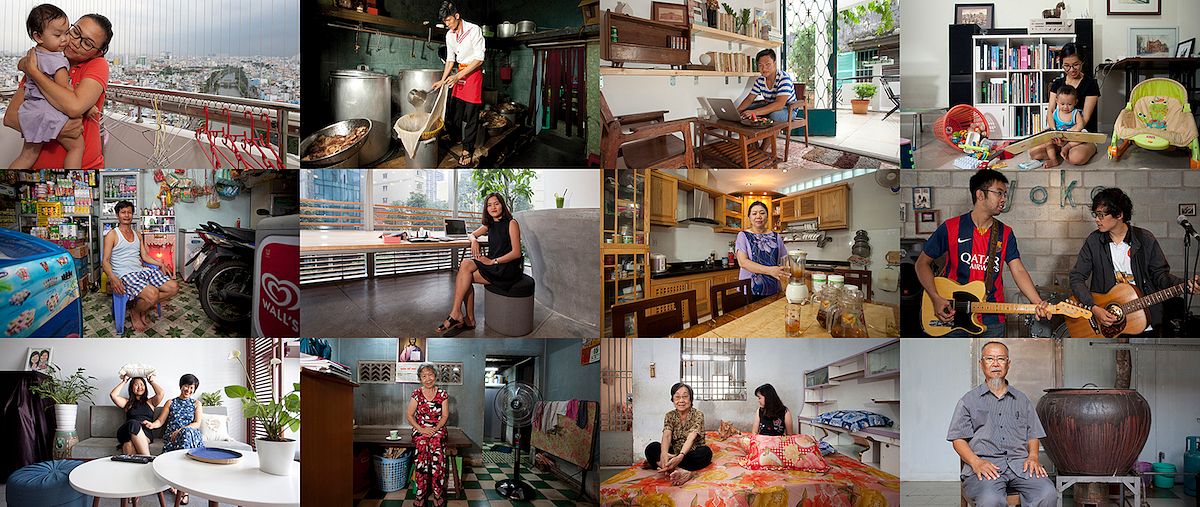
People in the City
In this chapter, various Ho Chi Minh City residents have been asked to comment on their impressions and relationships with the city they call home. We wanted to take a closer look behind the facade and explore how people use their personal space. The outcome is a collection of fascinating insights into homes and workplaces spanning rich and poor, younger and older generations, migrants and those who have lived here all their lives and helped shape the city.
Many people describe the city as “full of opportunities”. The younger generation especially embraces the modern lifestyle, the newly created shopping malls, the coffee shops and various other options for entertainment, provided they can afford them. Saigon’s urban middle class population is multiplying rapidly; their homes reflect the western influence.
Despite the fact that Saigon is far from beautiful in a classical sense, most people have a strong sense of pride and welcome recent developments. Vietnam wishes to catch its economy up with those of western countries and most people are quite aware that their living conditions still fall behind the western standards they see on TV. There exist, however, clear divisions between the various districts and neighborhoods. In some areas, life still goes on in very traditional ways and the older generations hardly participate in modern city life.
When one leaves the endless bustle of the busy main roads and turns into the informally developed neighborhoods, one feels as though they have stepped back in time. Migrant workers still crowd into town with the hope of improving their lives. Their dreams are simple and their lifestyle is based on the one they had in the countryside. For those who manage to save enough money, all they desire is to own a business or to buy a house. After that, when they make even more money, they want to rebuild, enlarge and modernize. After achieving their goal, their dreams change and it may become possible to travel abroad. But until then, much dedication is needed and the entire family must act as a unit. There is neither time nor money to enjoy the amenities of District 1 or to visit the parks.
For those who have managed to accomplish their goals, life entails more variety. While the older generation still prefers to spend time at home with their families, the younger generation is getting ready to break with traditions. There is a new direction, a new sense of freedom. Their world seems to have opened up. For them it is exciting to be able to participate in the mega city’s new lifestyle.
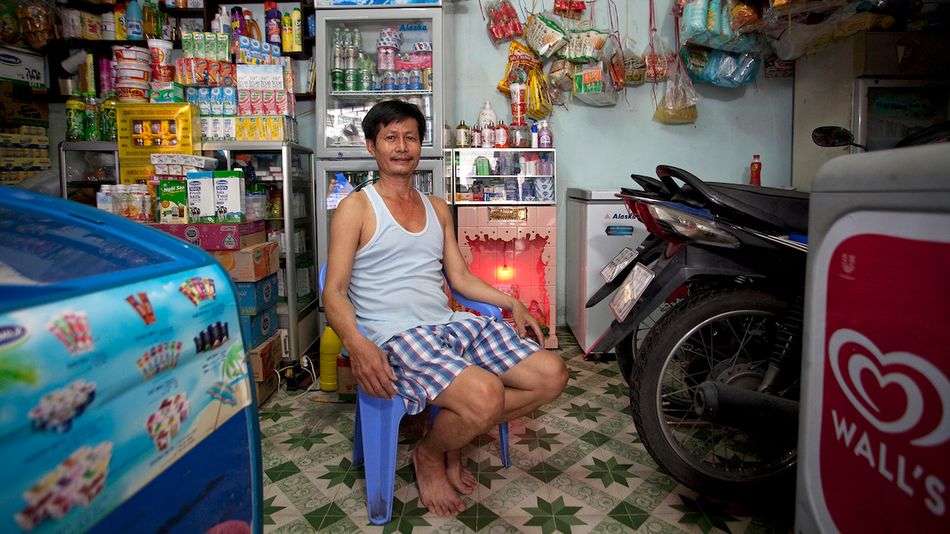

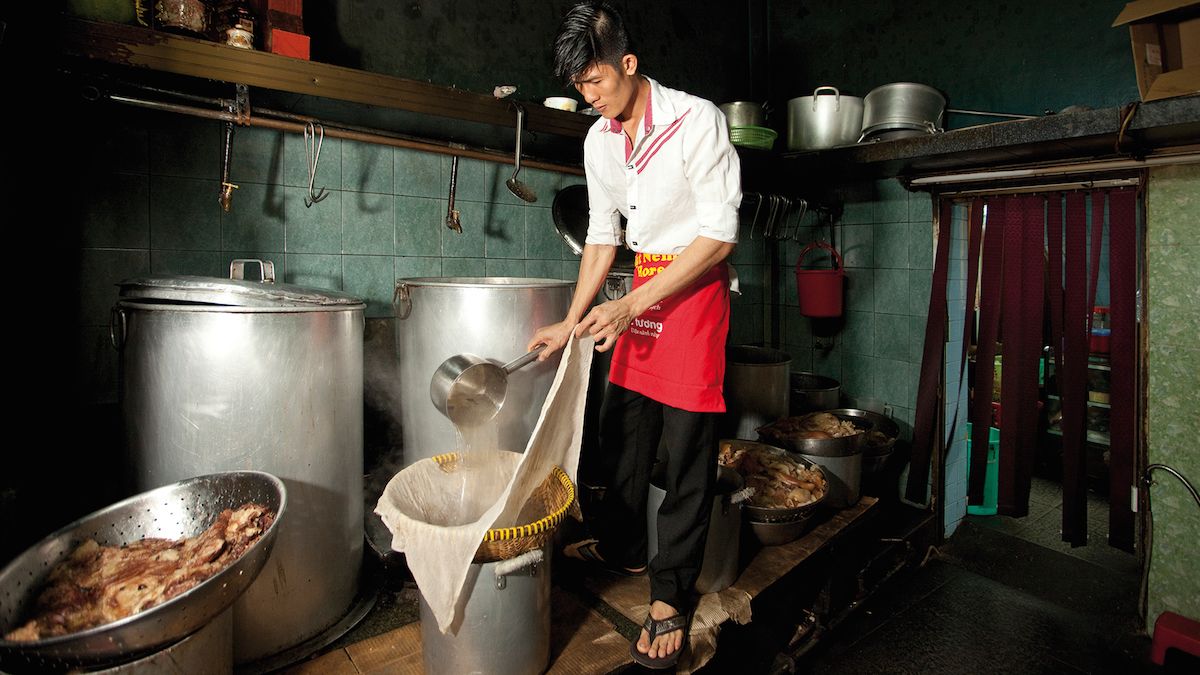

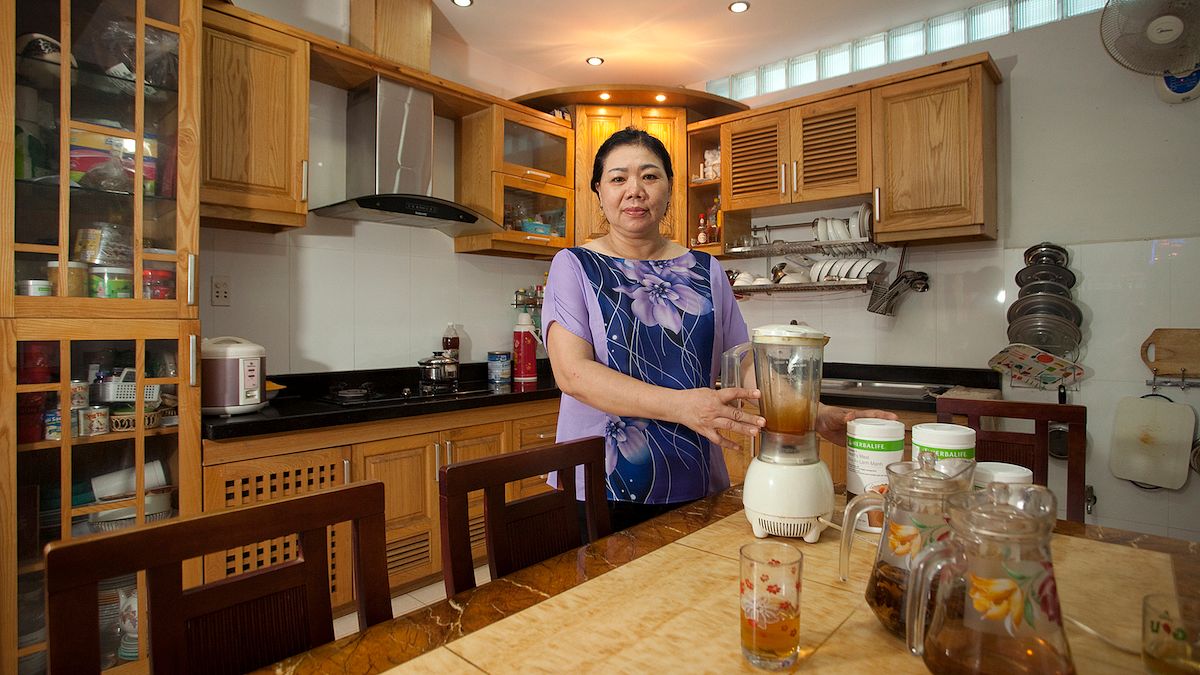
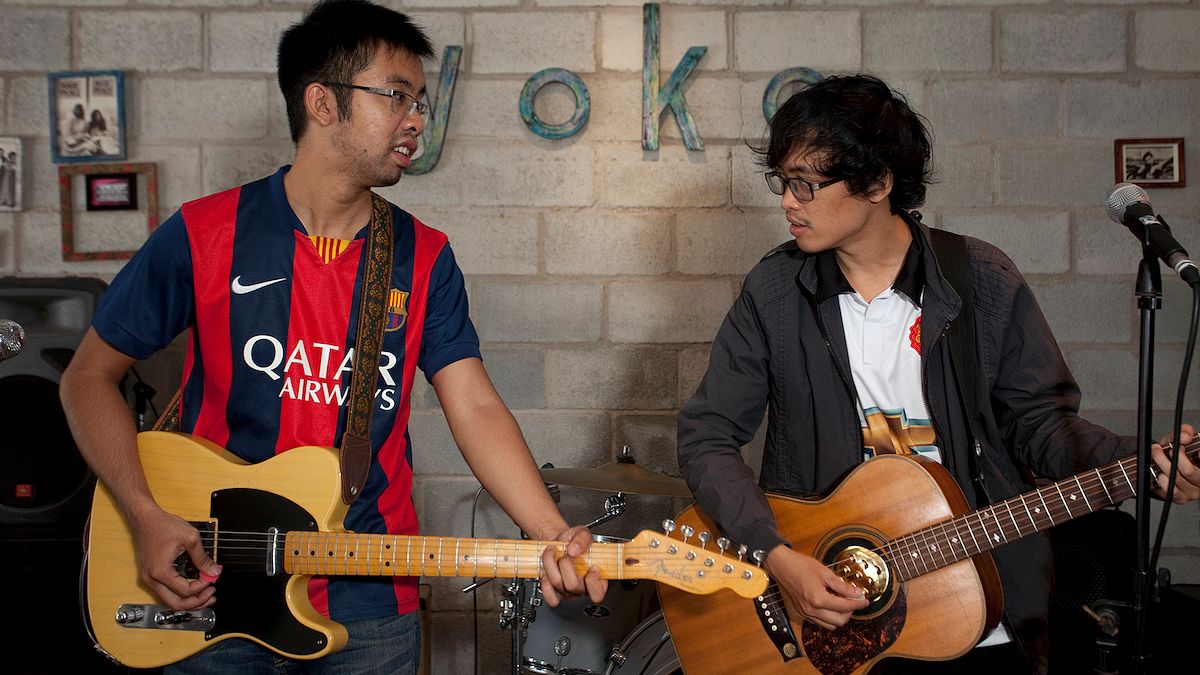
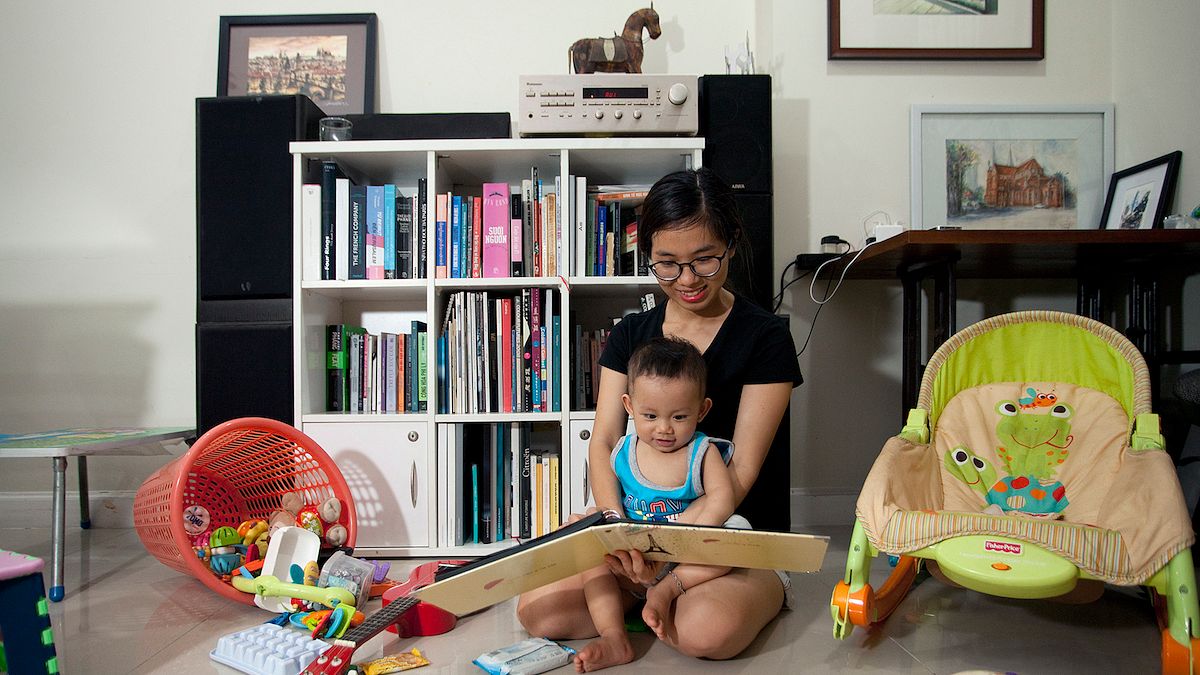
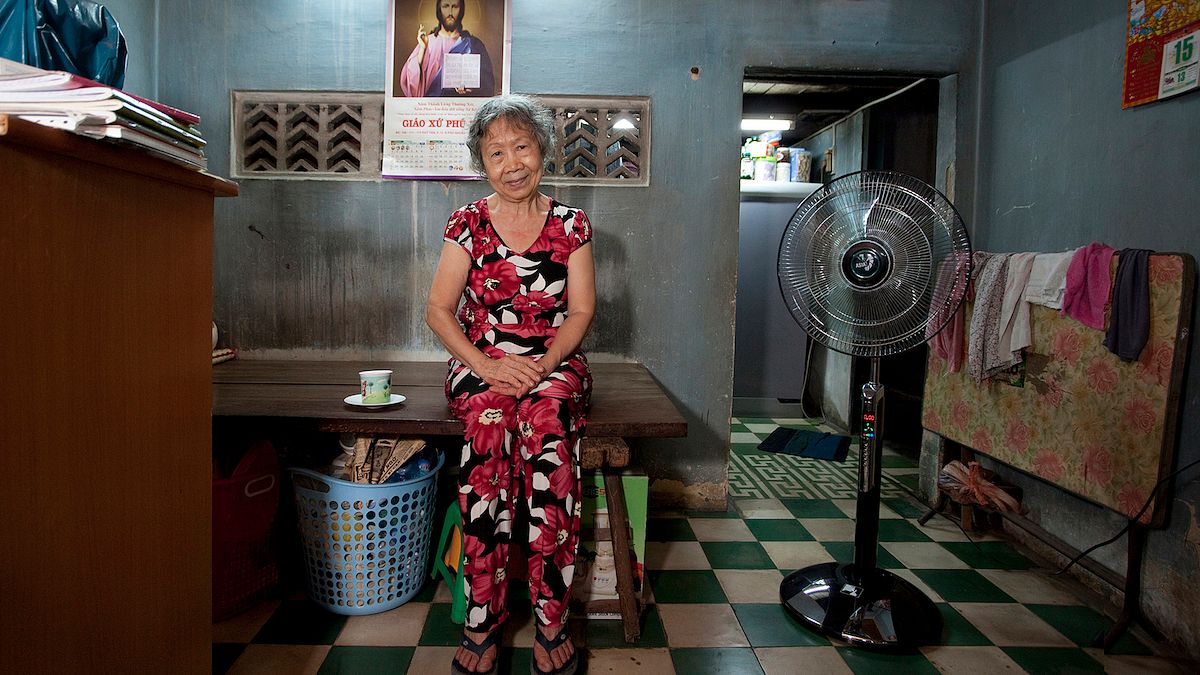
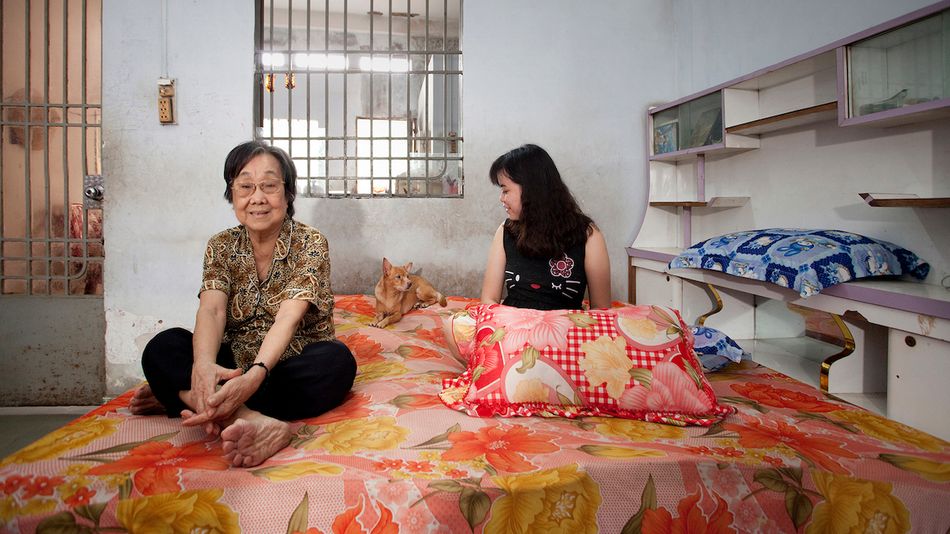
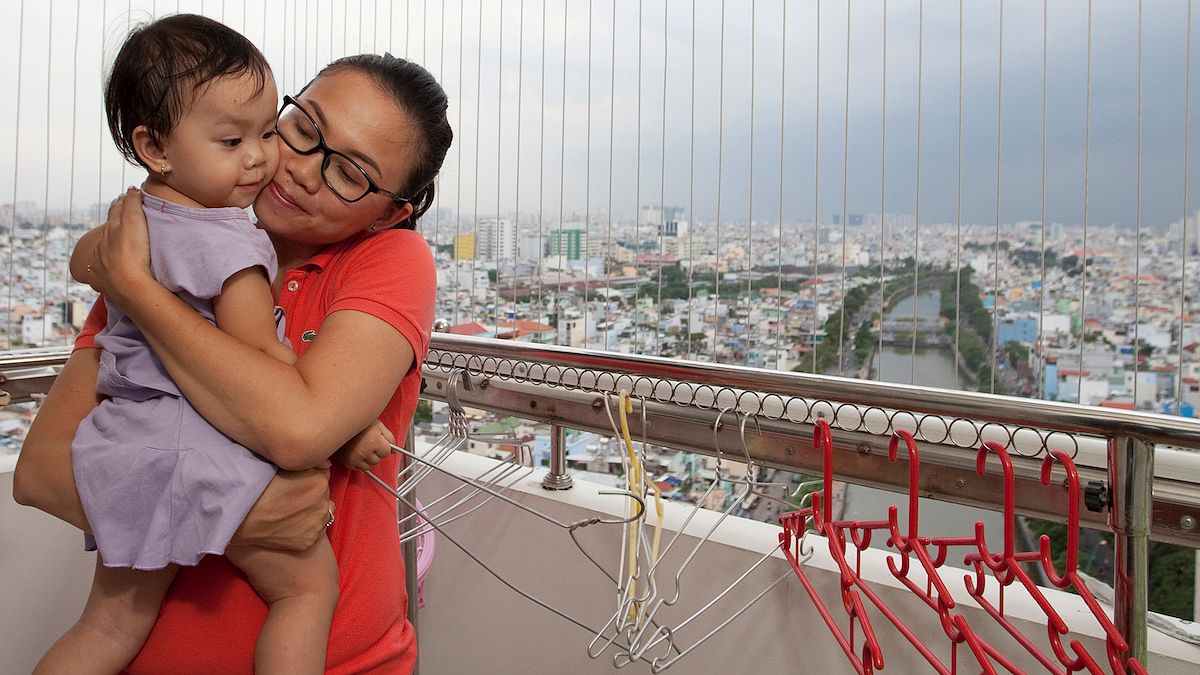
Astrid Schulz is a London-based freelance photographer and contributor toTP. Ho Chi Minh: MEGA City.
[Photos courtesy of TP. Ho Chi Minh: MEGA City]


